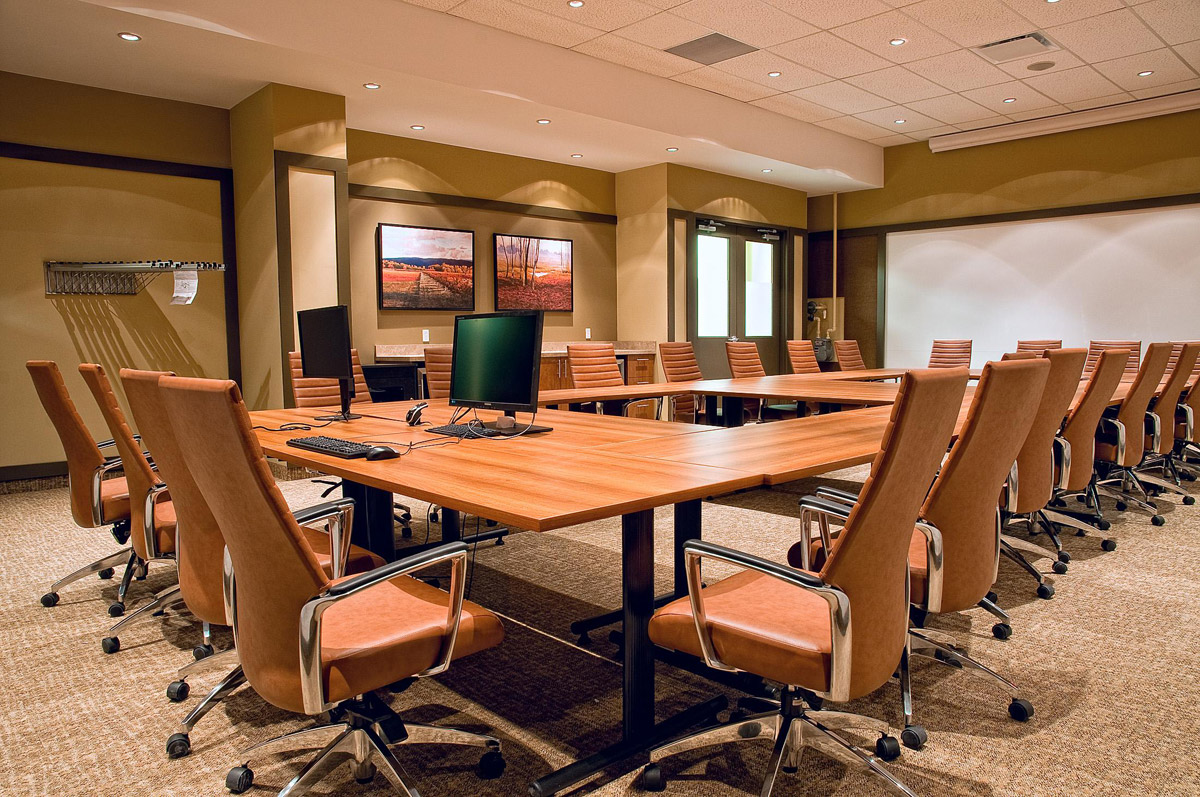
During hot Arizona summers, businesses need to pay attention to their HVAC service and air conditioning units to prevent a costly system failure. Even a slight dip in temperature can impact employee efficiency and the related bottom line. In other words, commercial air conditioning units need to run flawlessly. commercial air conditioning service is key to making this happen. The following are some tips to prevent a costly business air conditioning-related problem.
Don’t Overload the Unit
While it can be incredibly hot during the summer months, it’s never wise to turn the thermostat to the lowest setting. Not only will it not cool down a building or office quicker, but it can also put a tremendous strain on the system. Instead, set the thermostat to a consistently comfortable setting to avoid system wear and tear and a higher utility bill.
Keep the Condensing Unit Clear
A common workplace issue is blocking the rooftop air conditioner with chairs or other outdoor furniture. This hinders the unit’s ability to draw air in and can increase strain.
Replace Filters and Clean Vents
Workplace HVAC system filters and vents can quickly collect dirt, pollen, bacteria, and mold. This is why they should be a regular maintenance focus. Filters should be replaced at least once a month during the summer months. Call us for more specific manufacturer guidelines. Vents should be cleaned on a regular basis to keep air circulating and to stop the spread of bacteria and viruses which can run rampant through the commercial property.
Check Freon Levels
Commercial air conditioning units shouldn’t be leaking Freon. However, a decrease in performance is an indicator that Freon levels are slowing diminishing. This is a common problem for older units.
Obtain Regularly Scheduled Maintenance
Unlike homeowners that typically only use air conditioners during the summer months, businesses often run them year-round. Because of this, maintenance tune-ups should be scheduled more often – at least twice a year. These checks are ideal for identifying and addressing minor problems before they turn into business-halting issues that reduce your employees’ efficiency. At Bruce’s Air Conditioning & Heating, we can help ensure your commercial air conditioning unit runs seamlessly so you don’t have to fear an unplanned breakdown. Call us today at 480-968-5652 to learn more about commercial air conditioning maintenance for businesses in the greater Phoenix area.








 Many HVAC contractors and
Many HVAC contractors and 
 Wi-Fi enabled thermostats are quickly replacing digital thermostats. It is predicted that by 2020, sales of these types of thermostats will surpass digital sales.
Wi-Fi enabled thermostats are quickly replacing digital thermostats. It is predicted that by 2020, sales of these types of thermostats will surpass digital sales. The term “energy management system” refers to the process of monitoring energy usage and improving energy savings in businesses and homes. To put it simply, business and home owners can observe how much energy is being used on site and then implement strategies to decrease this usage.
The term “energy management system” refers to the process of monitoring energy usage and improving energy savings in businesses and homes. To put it simply, business and home owners can observe how much energy is being used on site and then implement strategies to decrease this usage.



